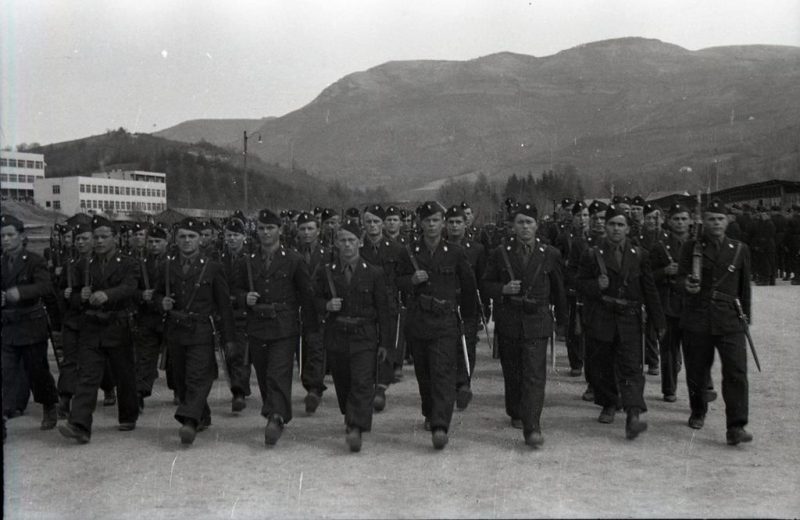The Holocaust soon came to Croatia. On Pavelić’s first day in office, he declared that “offending the nation of Croatia” was punishable by death.
The “Independent” State of Croatia is perhaps the most ironically named and contradictory state of the entire Second World War.
It was an “independent” state that was really a puppet government controlled by Nazi Germany and Fascist Italy. It was founded by Slavic nationalists in support of countries that wanted to commit genocide against Slavs. As such, it was a walking contradiction.
Despite being a puppet state with a confused ideology, the role that the Independent State of Croatia played in the Second World War and the Holocaust is significant, even though it is often overlooked.
Rise of Croatian Nationalism
Much like the fascist powers of Europe, the story of the Independent State of Croatia began in the mess that was the Treaty of Versailles.
Once the Austro-Hungarian Empire fell, its territories had to be divided by the remaining European powers. These new countries were often created along ethnic lines. However, the Great Powers had a poor understanding of ethnic tensions in the Balkans.
Slavs are the majority ethnic group in most of Eastern Europe and the Balkans. The Balkan Slavs are a more specific group of Slavs known as South Slavs.
The Great Powers reasoned that the South Slavs were so culturally similar that they could simply be grouped into one state – later called Yugoslavia (in Slavic languages Yugo means “Southern,” and Slavia means “Land of the Slavs,” so Yugoslavia literally means Land of the Southern Slavs).
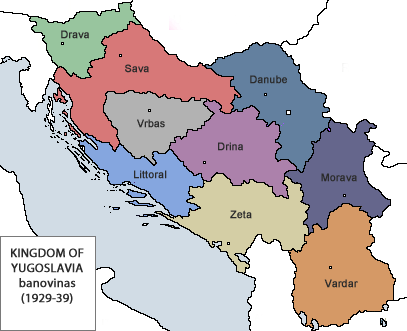
However, this decision ignored the fact that South Slavs are deeply divided by religion. Different parts of Yugoslavia were majority Muslim, Orthodox Christian, or Catholic.
There were also long-standing nationalist tendencies among many ethnic groups in the Balkans, including Serbian nationalism which was partially responsible for the Great War. Croatian nationalism was also strong, but they were put in the same country (along with Slovenes, Bosnian Muslims, and Macedonians).
With all of these groups placed under one government, conflict was inevitable.
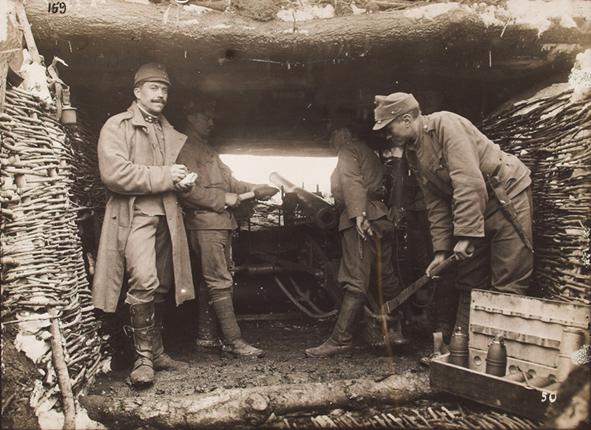
Fascism and Collaboration
The seeds of this conflict began to grow during the late 1920s. Ante Pavelić, an ultra-nationalist Croat, formed Ustaše, a far-right fascist, ultra-nationalist, and terrorist organization.
While in exile in Italy, Pavelić ordered the assassination of Yugoslavian King Alexander I, a Serb. Pavelić’s hope was to inspire rebellions throughout Yugoslavia. Although the first attempt failed, a second attempt in 1934 succeeded.
A Croatian independence party and their coalition won the following elections, aided by Ustaše violence.
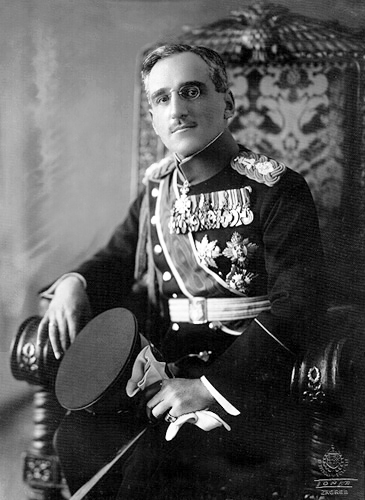
While in exile, Pavelić formed relationships with Italian fascists, and even went to Germany to meet with Nazi leaders.
He completed a survey for the German Ministry of Foreign Affairs. In this survey, he claimed that the Jews controlled all of the banks and media in Yugoslavia. His report stated that “The Jews greeted the foundation of the so-called Yugoslav state with great enthusiasm because a national Croatian state would never suit them as well as Yugoslavia did… This Jewish Freemason press is constantly attacking Germany [and] the German people”.
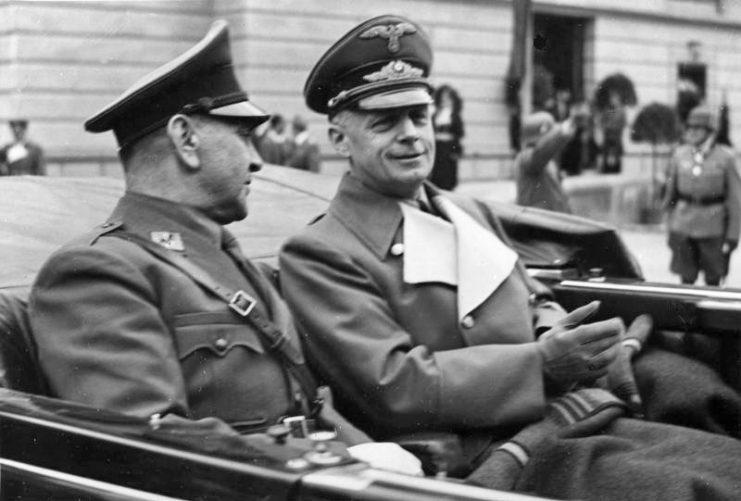
As Italy prepared to invade Yugoslavia in 1940, Pavelić began negotiating the creation of a free Croatian state. He believed that such a state could be created with Italian assistance. After a personal meeting with Mussolini, Pavelić’s Ustaše members in Italy were told to prepare to go to Yugoslavia.
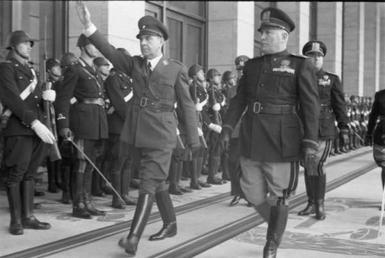
Formation of the Puppet State and Genocide
After 11 days of fighting, the Kingdom of Yugoslavia fell, and Pavelić was declared the new ruler of a Croatian state. However, within days the Italians demanded the annexation of many territories that had historically been Croatian. Pavelić gave in, and protests erupted around the country.
The Germans soon began to exercise their own de-facto control over parts of the country, leading to a strange hybrid Italian-German puppet state. Still, Pavelić managed to hold on to power and proceed with the next steps in his plan.
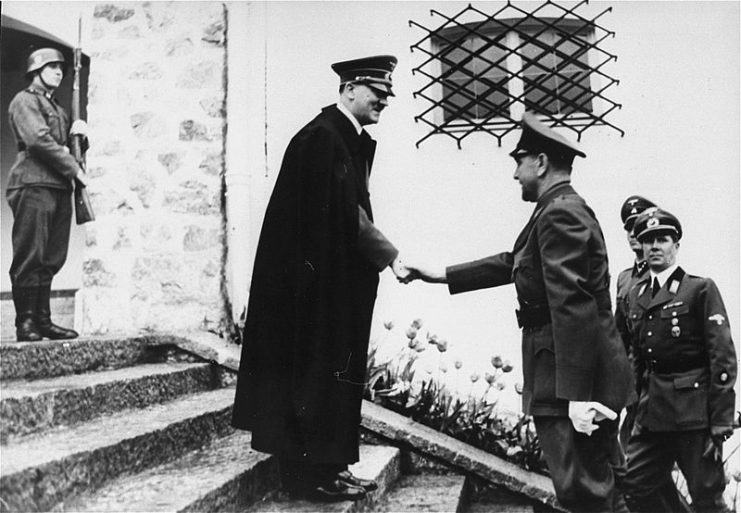
Pavelić’s desire to work with Fascist Italians and Germans was quite surprising, given that many Italian officials were openly calling for genocide against Slavic people. Both Serbs and Croats are Slavic ethnic groups.
For example, Mussolini stated in 1920 that “When dealing with such a race as Slavic – inferior and barbarian – we must not pursue the carrot, but the stick policy… I would say we can easily sacrifice 500,000 barbaric Slavs for 50,000 Italians.”
The Italians opened several concentration camps to kill Slavs, including one on the island of Rab that targeted Croats specifically.
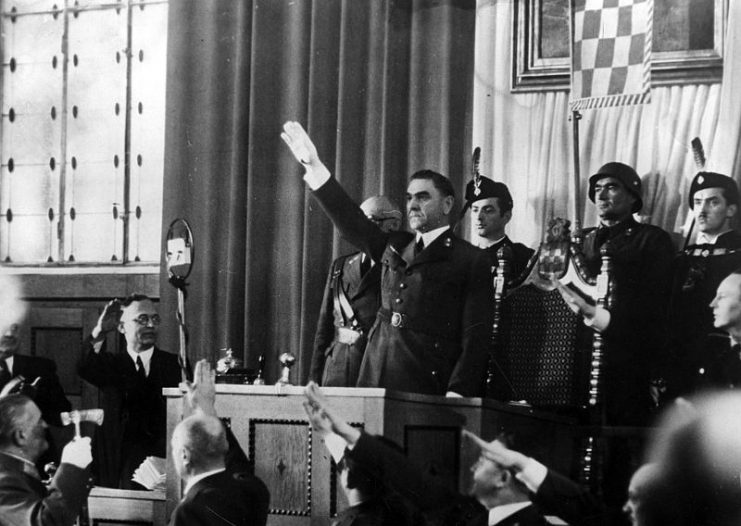
The Nazis echoed these beliefs and killed three million Slavs in their concentration camps. Pavelić’s plan was remarkably short-sighted. He likely deluded himself into thinking that his people could somehow be an exception to the Fascists’ idea of racial purity. If the Fascists had won the war, the genocide of his people would have almost certainly continued.
The Holocaust soon came to Croatia. On Pavelić’s first day in office, he declared that “offending the nation of Croatia” was punishable by death. On his second day in office, he passed anti-Semitic laws. Two weeks later, he passed laws forcing religious conversion.
His Minister of Education finally announced their ultimate plan saying “We will kill one-third of all Serbs. We will deport another third, and the rest of them will be forced to convert to Catholicism.”
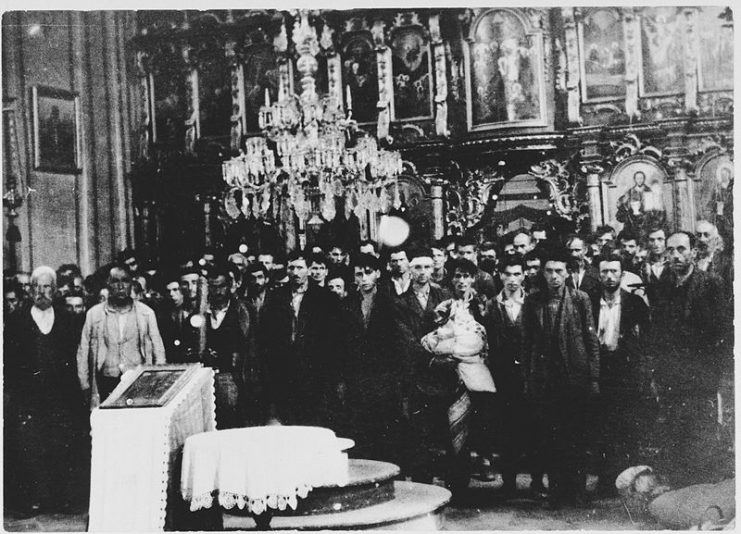
Forty concentration camps, many run by Ustaše members, were set up throughout the Independent State of Croatia to enact this policy. The most infamous camp was the Jasenovac camp, which was one of the largest in Europe and sometimes called “the Yugoslav Auschwitz.”
By the end of the war, approximately 300,000 Serbs were killed by the Croatian state, along with 30,000 Jews (around 75% of the pre-war Jewish population), and 30,000 Roma (Gypsies).
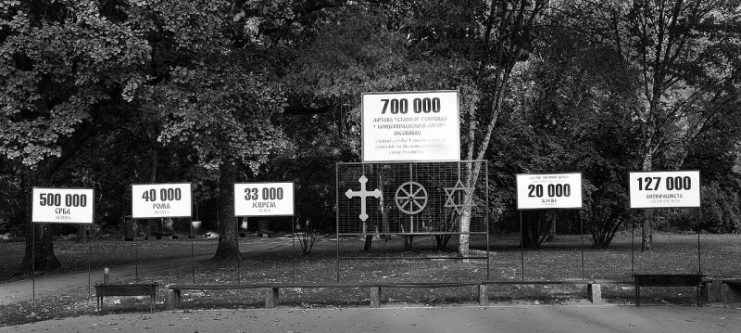
Participation in the War and Collapse
Despite their aggressive domestic policy, The Independent State of Croatia ended up contributing little to the Axis militarily. They were mostly occupied crushing partisan uprisings, with mixed success.
One key underlying problem is that the Ustaše regime was not popular. The Croatian people never truly embraced Pavelić’s ideology or government. Therefore, morale was low, and the Croatian Home Guard was infiltrated by partisans. These partisans often sent weapons from the military to cells around Yugoslavia.
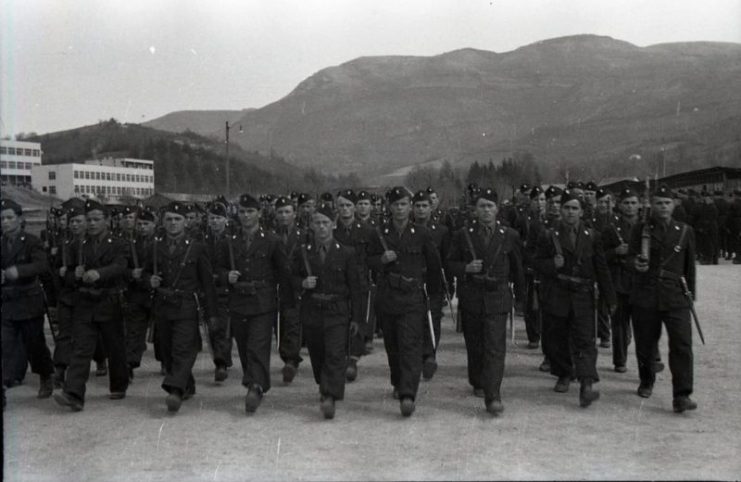
The army eventually surrendered to American forces after fleeing to Austria to avoid the Soviets. The Croatian air-force was moderately successful in helping Axis powers in Yugoslavia.
The Ustaše essentially collapsed after the war once the Soviets occupied Yugoslavia. Although some members fled to other countries, they remained mostly irrelevant internationally.
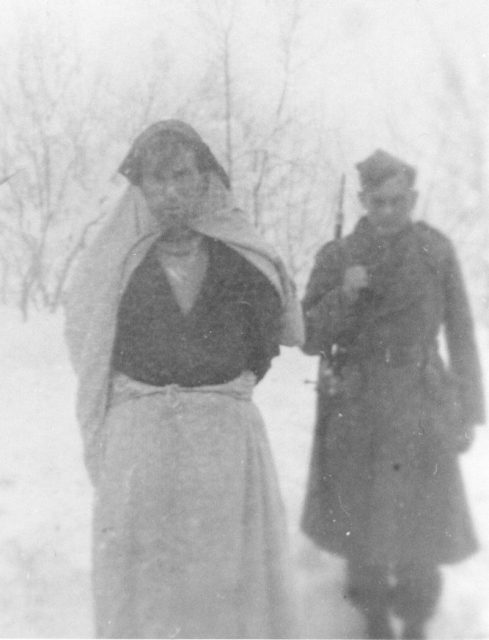
Pavelić himself was able to flee to Argentina after the war with support from some Catholic clergy. In 1956 he attempted to recreate an international organization to agitate for a new fascist Independent State of Croatia.
Less than a year later, he was shot twice by Blagoje Jovović, a former partisan who resisted Pavelić’s regime. Jovović had been hunting him for around a decade before successfully shooting him in the collarbone and back. Pavelić would live for two more years but eventually died due to complications from his wounds in 1959 after fleeing to Spain.
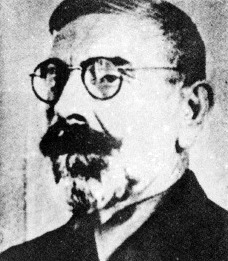
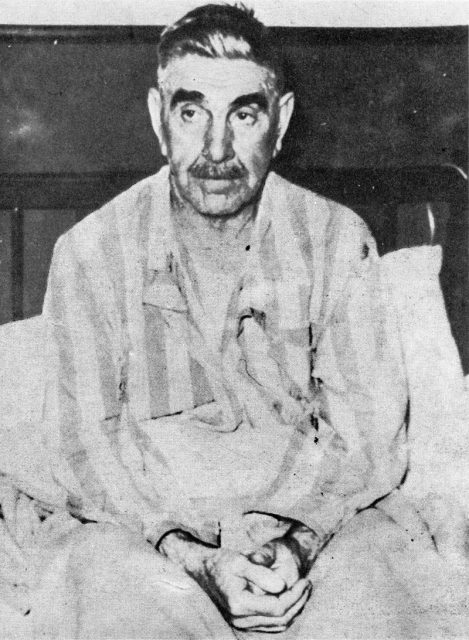
Read another story from us: Axis Invasion of the Balkans and Crete with Photos
The story of the “Independent” State of Croatia is a stark example of how a political movement can throw away all logic in their lust for power. Despite its ultimate failure, the atrocities committed by this state and its leader should never be forgotten. This government’s actions are overlooked far too often when discussing World War 2 atrocities.
